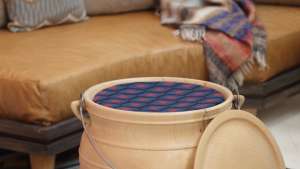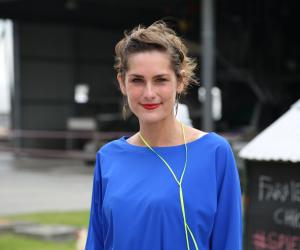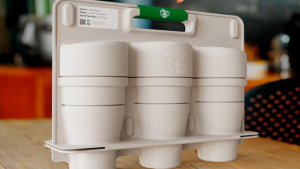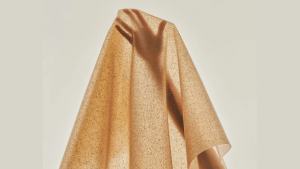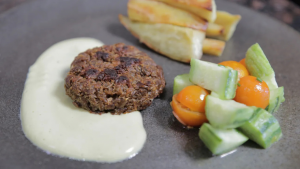From the Series
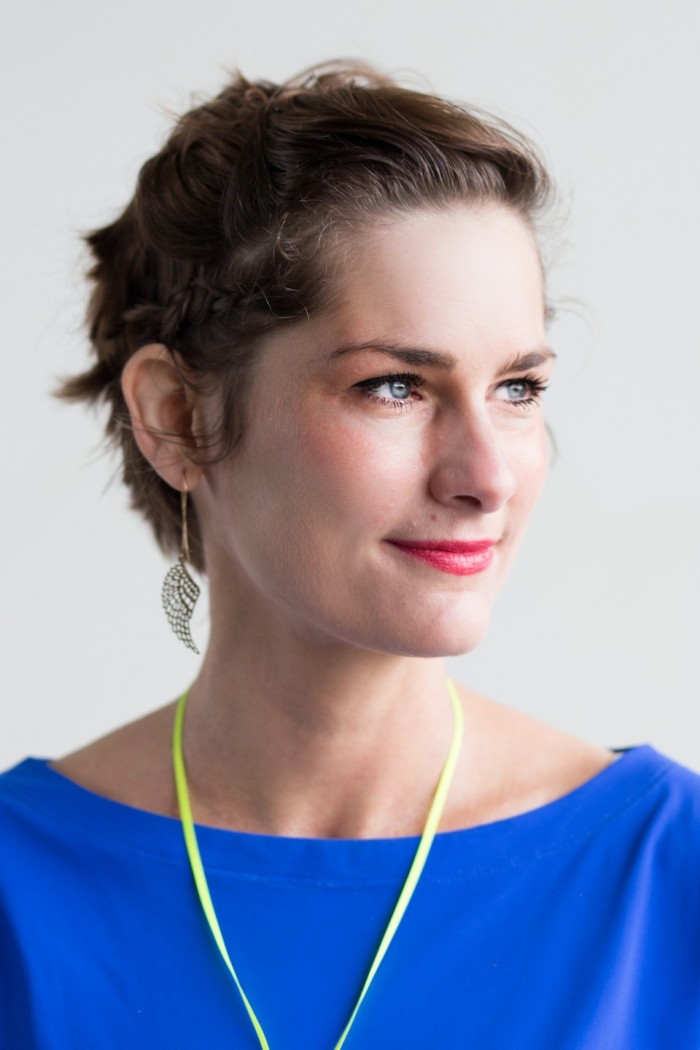
Marije Vogelzang was so intrigued by food as a material to work with that she became an "eating designer". She pioneered the field, working as a consultant for food-related businesses and opening her design studio/restaurant, Proef (which means "tasting" or "testing"), in Rotterdam in 2004.
Here the Dutch designer shares some insights into the discipline of eating design:
What inspired you to start working with food?
Marije: When I was a student there was no such thing as “designing with food”. I studied design at the Design Academy in Eindhoven where I tried to find the perfect material that would allow me to best express myself. Eventually I started working with food because it's something you can eat and it's ephemeral. I did a white funeral meal as my first project, which led me to understand the potential of combining design and eating. I now see that food is connected to everything in the world, that the world is shaped according to what we choose to eat every day and food connects emotions and memories. Food is something that gives us meaning and nourishment but it can also make us ill. All these things (and many more) inspire me to work with food. It is the most rich and important material in the world.
After nearly two decades of “designing” food what is the biggest change in your work?
When I started working with food I didn’t have an example of something that was similar to what I was doing, so I just had to figure things out. I used to focus my work on heritage, memory and psychology, and have now started adding more themes into my work that deal with food in the future and in society.
We see many different designers working with food; do you see a growing interest in food design?
Yes, absolutely, and I believe it's a very good thing! We need more creative minds working on food-related issues. Designers working with food bring more respect into the eating design field. This, hopefully, will help solve bigger problems and create awareness about biodiversity, saving water, the importance of clean and lively oceans, food waste, food education and packaging, and more. There are so many things that need urgent attention.
Do you feel a social responsibility to educate people around food?
Absolutely. It seems as though people who have easy access to food often don’t value it as much as they should and this, sadly, leads to waste. Many people have forgotten how to cook, what “real” food is and to appreciate quality. On the other side, there are poor people eating “rubbish” food as it’s cheaper to buy than fresh produce. We need to educate not only people, but also governments and food companies.
You literally coined the term "eating design". What is it and how does it differ from "food design"?
Well, when I started to work with food as a designer there was no one else in the same field who I could compare myself to, which led to people telling me that I was a food designer. It kind of made sense, but it also meant that I would actually be designing food. I think food is already perfectly designed by nature so I rather started calling myself an “eating designer”, as I’m inspired by the verb of eating. I keep food natural and use it to work with. For example, I work with the psychology of eating, the act of sharing food and the understanding of where food comes from.
To someone who has never heard of eating design, or even food design, how would you explain the difference between what you do and what a trained chef does?
Well, first of all I'm not a chef. I collaborate with chefs but I take the profession of being a chef far too seriously to cook professionally. I think food extends beyond restaurants and as a designer I like to look at food memories. Designers haven’t had a serious role in the food chain, other than only as packaging or tableware designers. Designers weren't part of the actual process of getting food produced, transported and eaten. We need creative thinkers who can apply design thinking to food and eating. There are so many issues affecting the world of food today that we need to start making changes in ways we never thought of before. Designers can be the bridge between scientists, farmers, mothers and markets. That's what I think eating design should be. It should help innovate in a positive way.
At the core of your philosophy are the eight points: senses, nature, culture, society, technique, psychology, science and action. How are they related?
The eight points are basically there to show the potency of this new field of design and to highlight the various ways it can be used to approach design and eating. They are there to demonstrate to people that eating design is in fact a serious part of design and that there is so much more to explore. Since it's such a new discipline many people don't know the power that food and design can have. It's interesting to see that designers always make things for humans, but that food, which is the most essential thing in life, seems to be ignored.
Have there been there any negative reactions towards your work that you can recount?
When I had restaurants I dealt with people's expectations. It happened that someone in Tokyo read about my design projects and came to my restaurant expecting I would make them float in mid-air through feeding them food that was more than divine. However, my restaurants served very simple and humble food. Most often local people were the only ones who knew the restaurants and loved them. As for my design projects, I have to say that I seldom receive negative reactions.
Which of your projects do you remember most fondly? Is there one you regret having done?
I have many nice memories of my projects and people’s reactions to them. The Eat Love Budapest project is very dear to me as well as my exhibition at the Future Food House, which gave me the chance to showcase my ideas through other people's work. It's very nice to be able to invite my heroes to make a special project for me and to show the broad audience that we really need eating design for the future of food. I hope to be doing more of these kinds of exhibitions. I do not regret any projects. I do regret some business choices I have made, for example having my studio and restaurant run by someone who couldn’t be trusted. She really took advantage of my trust and acted like a parasite especially when I just gave birth to my second child, which was a backstabbing shock.
What is your favourite food-related memory?
There are so many! I think it is eating mana'ouche in Lebanon. My trip there was full of excitement and new friends. I did a project about the Lebanese war and food, which connected people in a special way.

